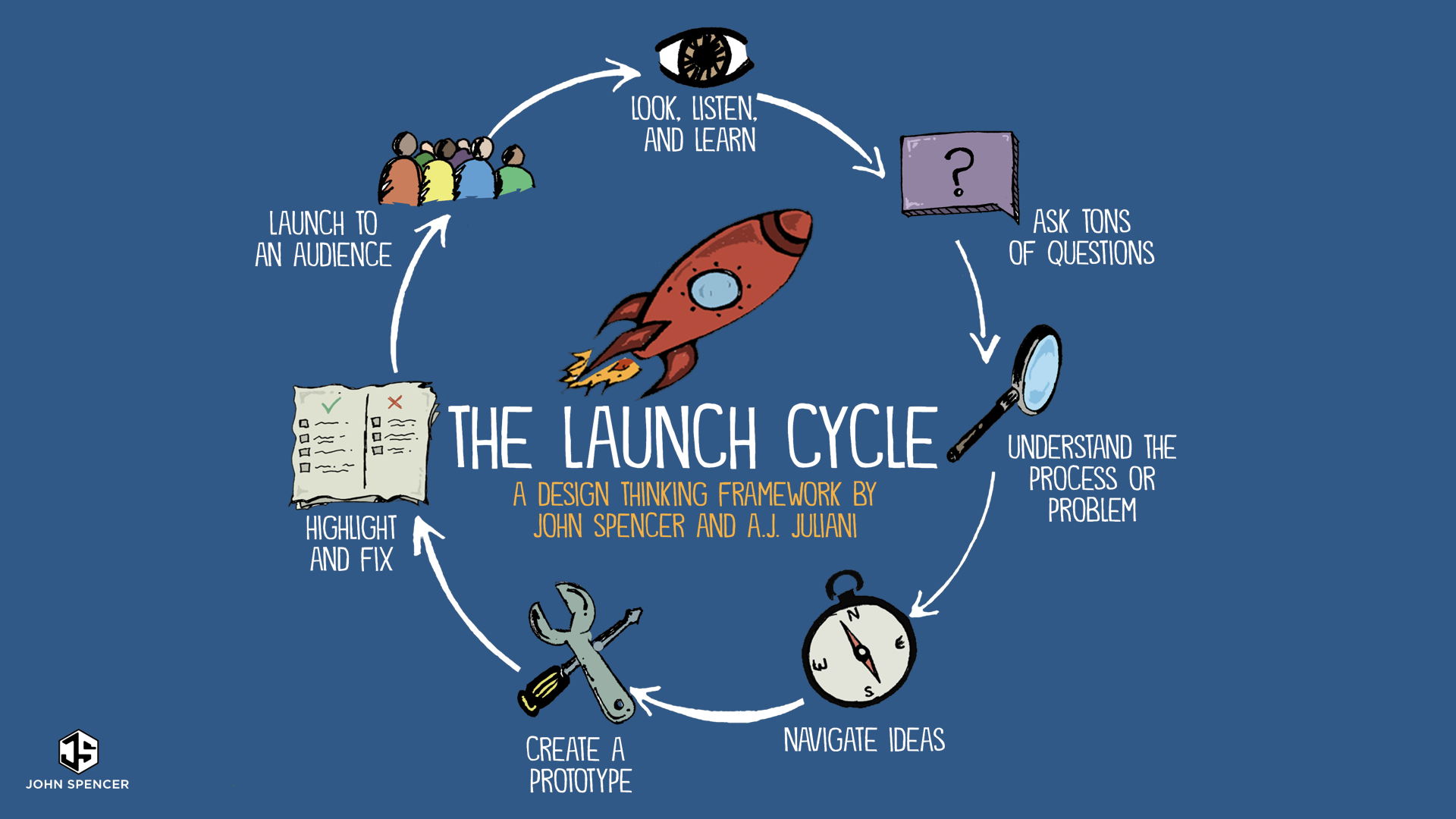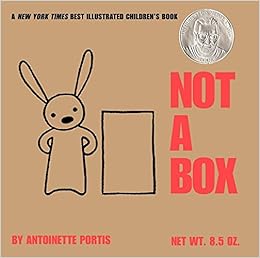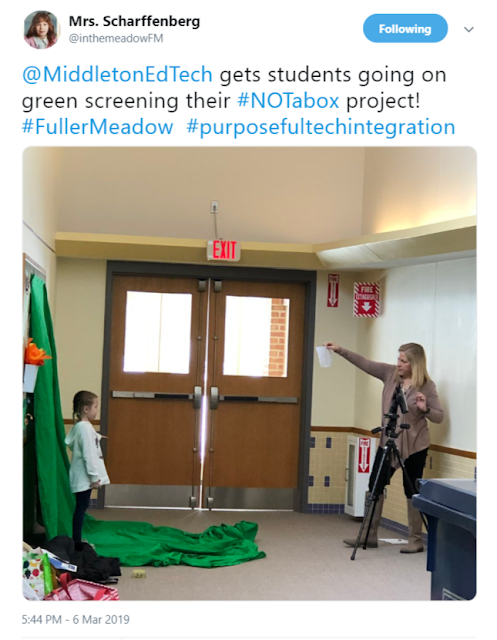We followed the "Launch Cycle" from the book Launch: Bring Out the Maker in Every Student by John Spencer for this project.
Phase 1: Look, Listen, Learn (awareness stage):
Teacher read these books to students:Not a Stick by Antoinette Portis
Not a Box by Antoinette Portis
Then, the teacher presented the problem/goal to the students. She created a video to get the kids excited about the project. This video shared the “Problem” that they are going to solve.
Phase 2: Asks Lots of Questions: students tap into their natural curiosities and understand the problem that they need to solve.
Students and families were asked to find a picture for inspiration for their project. Students brainstormed several ideas.
| Teacher shares her brainstorming and project. |
| Students and families were asked to find a picture for inspiration for their project. Students brainstormed several ideas. |
Phase 3: Understand the process or problem:
After asking questions, and finding their inspiration, students moved into their research. They gathered information connected to building their model.Phase 4: Navigate Ideas:
Students drew a prototype of their project, made a list of the materials they needed, and gathered the materials their building materials. Students also had a picture to refer to that they will replicated in their project.Project Planner
Phase 5: Create: (hands on stage)
Phase 6: Highlight and Revise:
| This student made many revisions to her project. Her “Not a Box” is Fancy Nancy. She tried several different materials to build the skirt and her hair.
|
Students took pictures each day to show progress.
Phase 7: Launch Time:
Students wrote their opinion pieces explaining why their creation was "Not a Box." They wrote a script to share their opinion about why their design is "Not a Box."
This is not a box. It is a rocket.
First, it has grey tail fins.
Next, you should hear the lost astronaut.
Last, it has a pointy top.
That’swhy it’s not a box. It is a rocket!
Then, Students made green screen video, spotlighting their final project.






